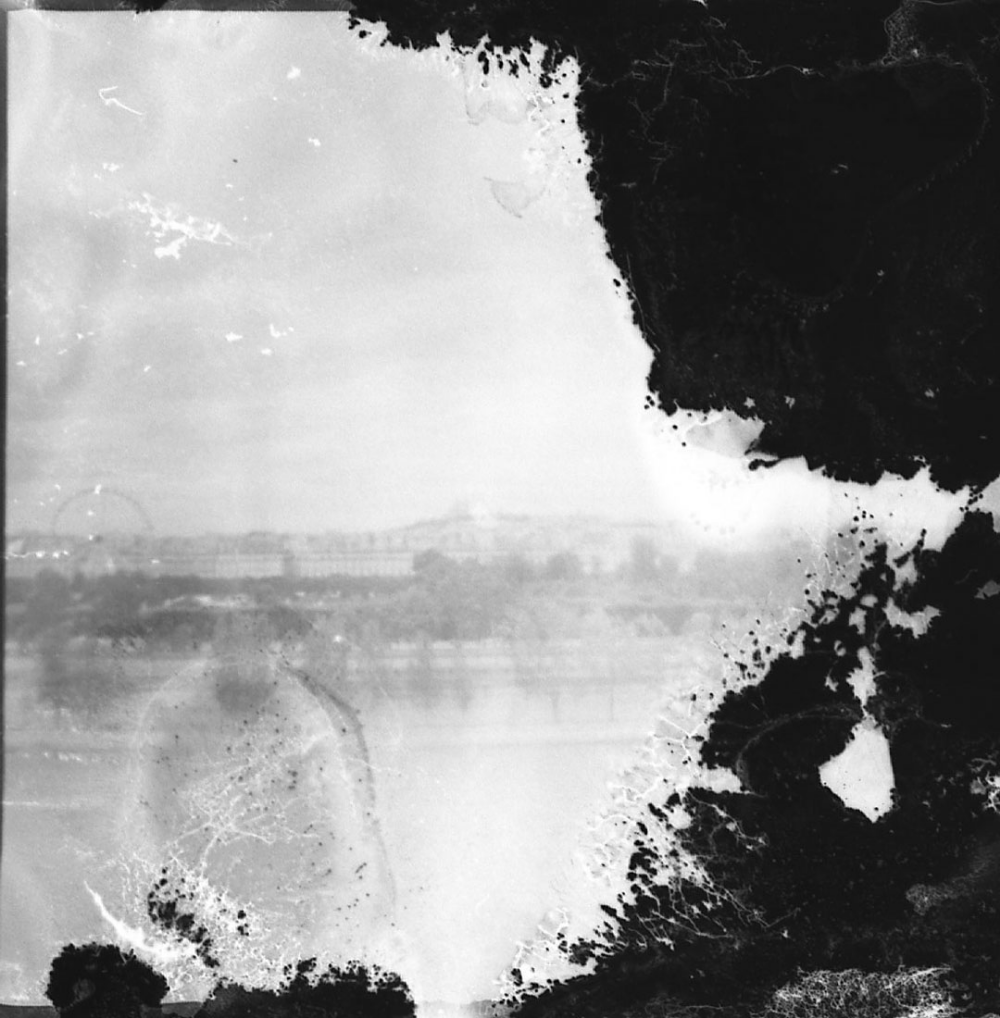What is film soup?
Film soup is a popular technique among film photographers where they intentionally damage the film in order to create unique and unpredictable results. It involves soaking the film in a variety of household chemicals and substances to alter the way light is captured on the film, resulting in unpredictable and artistic effects.
Creating film soup with black and white film
Creating film soup with black and white film can produce stunning and unpredictable results that are highly sought after by film photographers. This process involves soaking the film in a mixture of household chemicals and other substances, which alters the way light is captured on the film and results in unique and artistic effects.
Materials needed
To create film soup with black and white film, you will need the following materials:
– Black and white film
– A canister to hold the film
– Household chemicals and substances such as lemon juice, vinegar, dish soap, ammonia, or any other substance that you want to experiment with
– A dark room or changing bag to load the film into the canister
Steps to create film soup
1. Start by preparing your chosen household chemicals and substances in separate containers.
2. Load your black and white film into the canister in a dark room or using a changing bag to avoid exposing the film to light.
3. Once the film is safely loaded in the canister, pour your chosen mixture of household chemicals and substances into the canister with the film.
4. Close the canister tightly and agitate it gently to ensure that the mixture covers the entire length of the film.
5. Allow the film to soak in the mixture for a period of time, anywhere from a few minutes to several hours, depending on the desired effect.
6. After soaking, carefully pour out the mixture and rinse the film with water to stop the chemical reaction.
7. Hang the film to dry in a dust-free area.
Experimenting with different substances
One of the most exciting aspects of creating film soup with black and white film is experimenting with different household chemicals and substances to achieve unique and unpredictable results. Lemon juice, for example, can create a slightly acidic effect that adds a vintage and dreamy look to the photos. Vinegar, on the other hand, can create a more dramatic and intense effect, altering the contrast and tones in the images. Dish soap can create a bubbly and ethereal effect, while ammonia can produce a more unpredictable and wild result.
Tips for creating film soup
– Use expired or cheap black and white film for experimenting with film soup, as the results can be unpredictable and may not turn out as expected.
– Be creative and open to new possibilities. Film soup is all about experimenting and embracing the unpredictable results, so don’t be afraid to try different combinations of household chemicals and substances.
– Keep track of the mixtures you use and the soaking times to document your process and replicate successful results in the future.
– Embrace imperfections. Film soup often creates unexpected and imperfect results, which can add a unique and artistic touch to your photos.
In conclusion, creating film soup with black and white film is a fun and experimental technique that can produce unpredictable and artistic results. By experimenting with different household chemicals and substances, film photographers can create unique and stunning effects that are highly sought after in the film photography community. Whether you’re looking to add a vintage and dreamy look to your photos with lemon juice, or create a dramatic and intense effect with vinegar, the possibilities are endless when it comes to creating film soup with black and white film. So grab some expired film, gather your household chemicals, and get ready to experiment and embrace the unpredictable results of film soup.
You can review our digital products by following us on Etsy.





